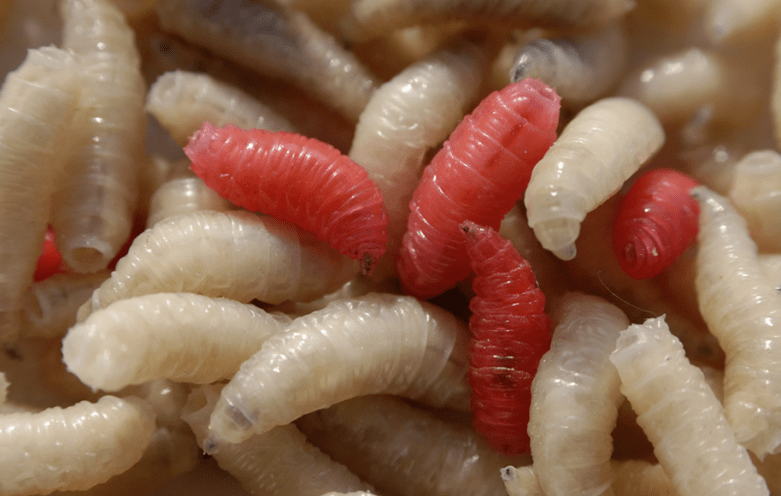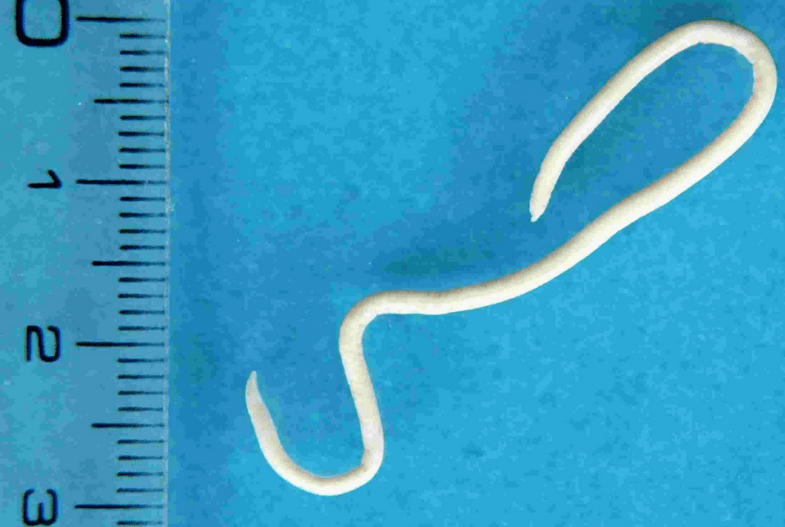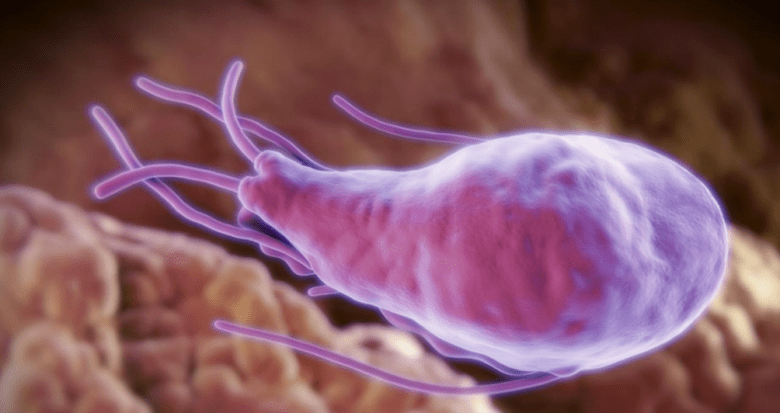It is difficult for an ordinary person to even imagine how many parasites can threaten his health.These "settlers" can live in the human body for years, literally sucking life out of him and poisoning with their poison.
Types of parasites

From the point of view of medicine, parasites include unicellular and protozoa.Depending on the habitat, they are divided into exoparasites (lice, bugs, and others) and endoparasites.
Endoparasites have their subspecies:
- Larvae laid down by insects.
- The simplest (amoeba, lamblia).
- Helminths (worms or worms).
Ways of infection
Each parasite has its own path of penetration into the human body.The most common way is aliamentary, that is, with the help of water or food.Many insects can carry parasite larvae, infecting the environment.Using raw water, unwashed and not carefully cooked products, a person is infected with parasites.
Some species are transmitted directly when human contacts to a person-this path is called contact-household.For infection, it is not necessary to have direct contact with the distributor, it is enough to use household items.Thus transmitted enterobiosis and some other parasitic forms.
No less popular transmission path of infection.In this case, blood -sucking insects are tolerated by parasites.Thus, they can be got after a mosquito bite or another insect.
The last way to hit parasites is the percutant path, the second name is active.Infection occurs by penetration of larvae through mucous membranes and skin.This happens in connection with contact with infected soil or water in a reservoir.
Symptoms
Parasites in the human body can live for a long time and not manifest themselves.Symptoms, of course, will be, but they are disguised as other diseases.That is why a person may not guess what is infected for a long time.

Symptoms most often appear depending on the localization of larvae, but the body can signal the infection and other manifestations.The most common are:
- Flatulence,Moreover, constant, indicates the presence of worms in the small intestine;
- Diarrhea.Caused by the absorption of sodium chloride parasites;
- Constipation.Through worms can clog some organs;
- Pain in the joints and muscles.These pains are caused by the migration of larvae in the human body, to which the immune system reacts in this way;
- Allergy.The parasites themselves are an allergen for the body, and damage to the walls of the stomach contributes to the disturbance of digestion and the ingress of food molecules into the blood;
- The appearance of granules.These are a kind of neoplasms that arise as a result of enveloping the body with the body of destroyed parasite eggs;
- Dermatological manifestations;
- Anemia.Often, people suffer from anemia precisely because of the activities of parasitic forms;
- Sharp fluctuation in weight;
- Mental disorders.In the process of life, parasites are distinguished toxins that negatively affect the nervous system of the carrier.A consequence of the body's poisoning can be neurosis, depression, anxiety;
- Bruxism.It is a grinding of teeth during sleep.This is the response of the nervous system to the appearance of foreign bodies.But this fact is not finally proved by science;
- Sleep disorder.As a rule, it occurs due to non-comfortable sensations.An example can be the cuts of their photos here, which lay eggs at night.Leaving the rectum, the cutter emits a toxin that causes severe itching;
- Dysbiosis;
- Oncological diseases;
- Chronic fatigue.Arises due to a lack of nutrients, which negatively affects the state of the body;
- Respiratory diseases.A number of parasites can live in the respiratory tract, causing their illness.Other parasites provoke colds, moving through the respiratory system;
- Immunity disorders.The absorption of most vitamins with parasites leads to a weakening of the barrier functions of the body and more likely to infect diseases.
But there are also symptoms characteristic of the presence of parasites in a particular human organ.For example, the lives of parasites in the liver may indicate papillomas, the appearance of bald spots on the head, cracks in the heels, etc.In addition, the presence of certain types of parasitic forms can provoke a certain type of disease in humans.
Detection of the disease

Unfortunately, some doctors are leveled by their duties, and do not direct a person to special studies to identify parasites in the body.The most common analysis is the delivery of feces for worm eggs.The fact is that parasites can live in various organs.
There were cases when worms were found in the brain and eyes of a person.Is the probability of getting their eggs from the brain to the feces great?Most likely not.Even in the presence of worms in the intestines, eggs of parasites may not be found.
First of all, the doctor must perform a visual examination of the patient.By external signs, you can suspect the presence of human parasites.The easiest way to detect them is to pass a blood test aimed at detecting special antibodies to worms.
Description of human parasites
There are several dozen species of parasites living in the human body.
Worms or helminths, these are a kind of worms.Their size depends on the type, for example, the females of the ascaride reach a size of 40 centimeters.Some species may exceed a length of 10 meters.The favorite habitat of worms is the intestines, but they are often found in other organs, even the brain.
For example, the larvae of ascarides circulate through the body, collecting nutrients, and return to the intestines, where they grow and multiply.Often they live in the respiratory system.The presence of ascaris in the human body is accompanied by a disorder of the work of internal organs, intoxication of the body, allergic manifestations and even an increase in temperature.
Among the representatives of the strip worms is a pork chain that migrates into the brain through the blood. This parasite enters the body through poorly processed meat products.This worm lives up to 20 years.
This parasite enters the body through poorly processed meat products.This worm lives up to 20 years.
Tips most often develop in a child's body, but quite often found in adults.These worms are small in size, reach 1 centimeter in length.The distribution of pine eggs occurs in a contact-household path.The female comes out of the rectum and lays eggs in the outer folds of the anus.The toxin, distinguished by the female, causes severe itching, which leads to the entrance of the eggs on the hands of a person and transferring them to all surrounding objects.
The second name of enterobiosis is a disease of dirty hands.All people in contact with the carrier are probably infected.Therefore, if cuts are found, it is recommended to treat the whole family.
TOKSOKARA- This is a type of parasites living in dogs.They enter the human body and also develop perfectly in it.Unlike these worms in the body, dogs, human toxocars do not go outside, but affect many organs, and cause certain diseases.You can get infected with toxocars through the soil, since the larvae of these worms come out with the feces of the dog.But also the parasite eggs can spread from the wet respiration of the dog.
Alveococcus and Echinococcusinfects the body in many ways.Their danger lies in the fact that the larvae are transformed into cysts that can be in various internal organs.
The representative of the protozoa is Lambia.Like pinworms, giardias most often infect children. They not only reduce the immunity of the child, but also provoke a delay in the mental and physical development of children.
They not only reduce the immunity of the child, but also provoke a delay in the mental and physical development of children.
This list is far from noton.The main danger of parasites is that no one is safe from infection.Their secrecy leads to the fact that a person has been feeding parasites for years without suspecting it.Compliance with personal hygiene, constant wet housing cleaning and the implementation of heat treatment of meat products are not poor infection prevention.It will be useful to undergo an examination of the doctor and pass the necessary tests once every six months, in order to prevent the spread of parasites.




























